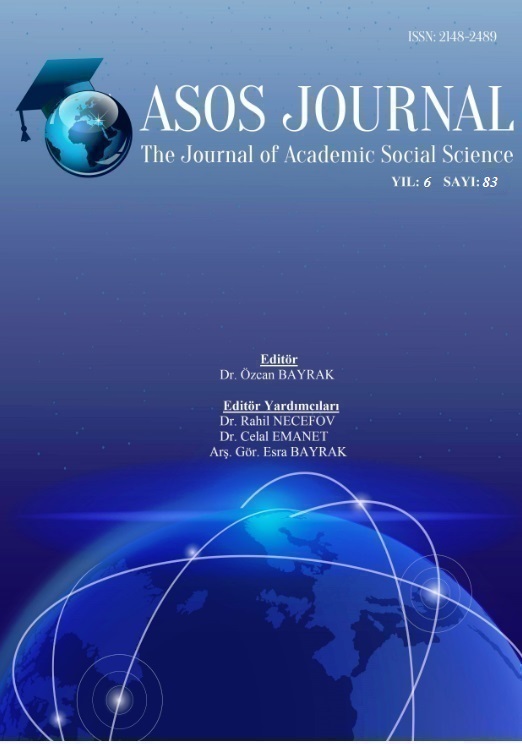Author :
Abstract
Osmanlı Devleti’nde XVIII. yüzyılın başlarından îtibâren görülmeye başlanan ve Sultan III. Selim Dönemi’nde daha bilinçli ve sistemli bir şekilde yürütülen “Batılılaşma” hareketlerinin izleri sosyal, askerî, siyâsî alanda olduğu kadar kültür ve sanat alanında da kendini göstermiştir. Tezhip sanatında klasik kāidelerin kısmen de olsa korunduğu bu dönemde motif, renk, boyama teknikleri ve kullanılan malzemelerde yeni uygulamalar yer bulmuştur. Bununla birlikte devrin Osmanlı sanatkârları, rokoko ve barok üslûplarını olduğu gibi almayıp kendi sanat görüşleriyle harmanlayarak yeniden yorumlamışlar, hattâ sanat tarihçileri tarafından “Türk Rokokosu” olarak adlandırılan üslûpta eserler vermişlerdir. Makaleye konu olan, Topkapı Sarayı Müzesi Kütüphânesi Hazine Bölümü 918 numarada kayıtlı Dîvân-ı Burhân adlı eserin bezemeleri, rokoko üslûbunun tadında ve zarif örneklerindendir. Ayrıca hâtime sayfasında (v.59 a) Reisü’l-Müzehhibân Hâtif Efendi isminin geçmesi -her ne kadar bu eserin müzehhibi olduğuna dâir bir bilgi olmasa da- bu devirde böyle bir sanatkârın var olduğunu göstermesi ve böyle bir unvânın ilk defa karşımıza çıkması açısından da önemlidir.
Keywords
Abstract
Westernization movements started to be seen at the beginning of the XVIII. century in the Ottoman Empire. It was carried out in a more conscious and systematic way during the period of Sultan Selim III. The influences of this movement were seen in the fields of culture and art as well as social, military and political fields. In this period, the classical rules in the art of book illumination were partially preserved. New practices were made in motif ,color and painting techniques and the materials were used. In addition,the Ottoman artists of the period reinterpreted the rococco and baraques styles with their own artistic views,and they even produced works in the style of ''turkish rococco'' which was called that way by the art historians. The decoration of the work called Divan-i Burhan which is the subject of the article, which is registered with the Treasury Department of Topkapı Palace Museum 918 is one of the pleasant and elegant examples of the rococo style. In addition, the name Reisü’l-Müzehhibân Hâtif Efendi is seen in the colophon. (v.59 a) There is no information about whether he is the artist of this work. However, it is understood that there is such an artist in this period. It is also important in terms of the first time such a name is encountered.





